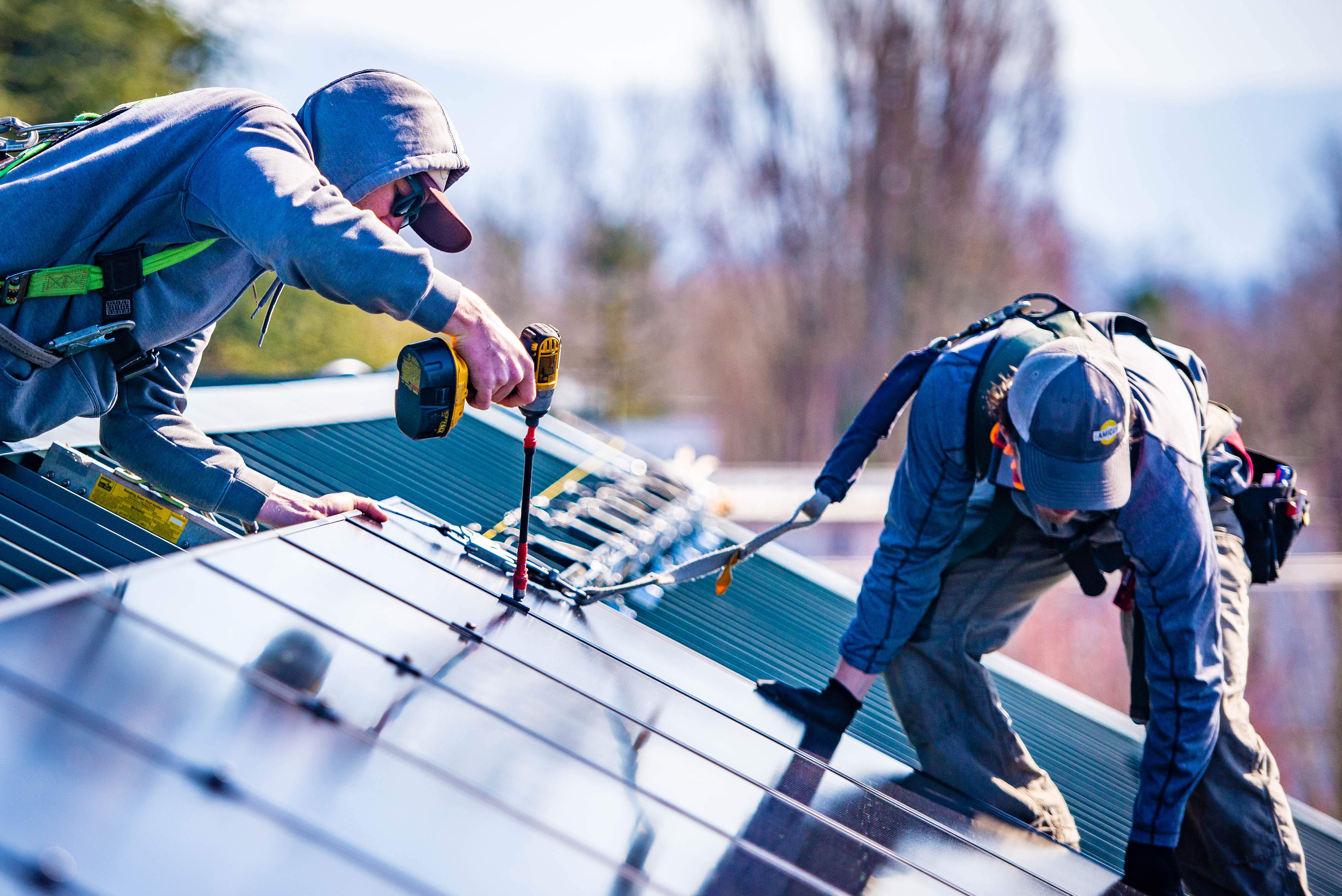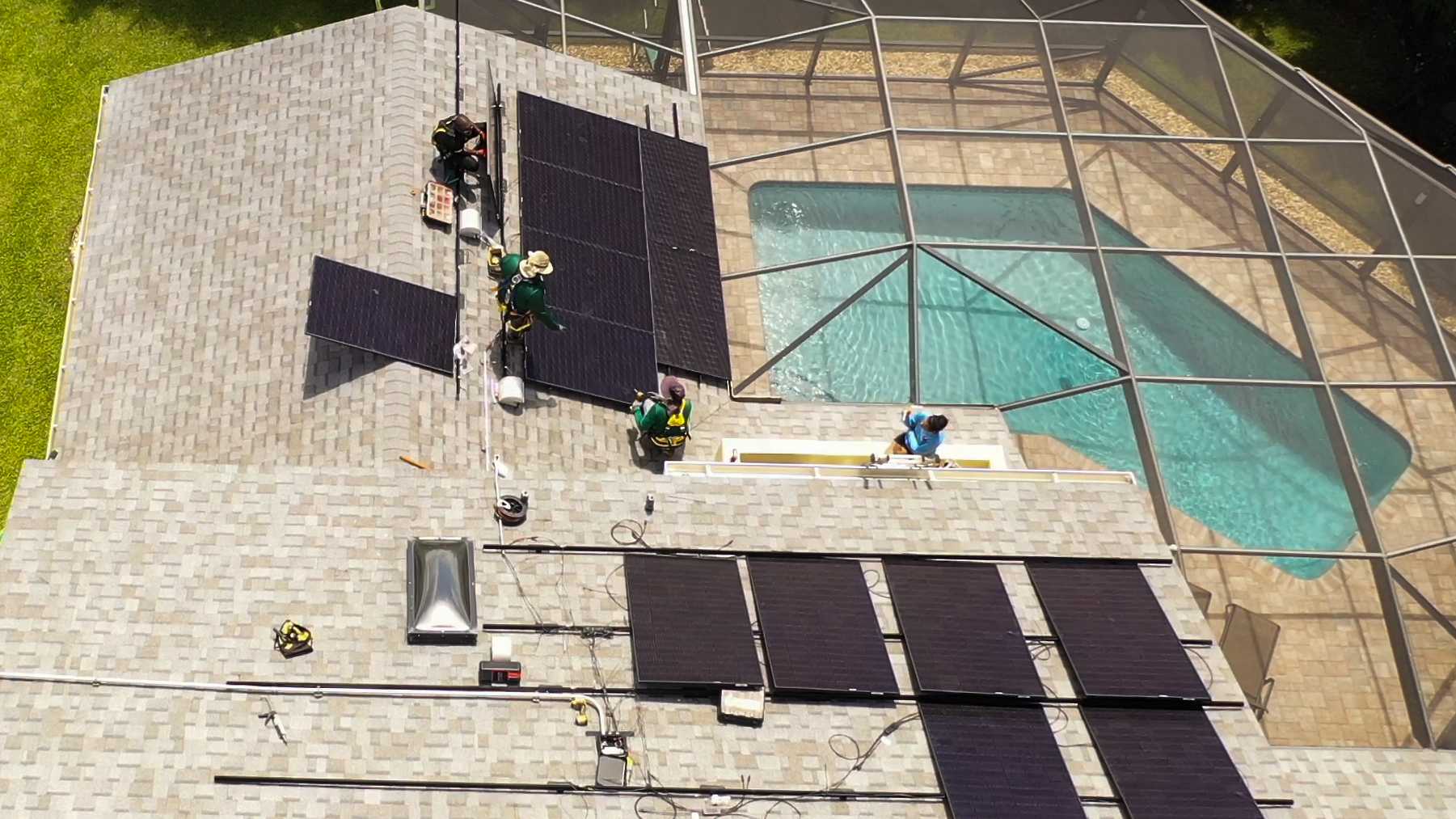If you're thinking about installing solar panels, you're probably looking forward to lower power bills and a more sustainable home. As you should! But there's one important step first: the panel installation. This article shares helpful tips to make sure your solar panel installation goes well and maximizes your return on investment. For even greater returns, get an extra $500 rebate when you go solar with Panasonic through March.
Are you ready to use the sun's power and save as much energy as possible? Putting in solar panels is a great way to save money on energy costs and lower your carbon footprint. We'll talk about the best ways to install solar in this guide, so you can get the most out of your money. Let's explore the universe of solar energy!
Introduction to solar panel installation
Putting up solar panels is like putting a money tree on your roof. You'll save money on your energy bills and help the environment at the same time. Let's understand the basics first before getting into the specifics.
The sunlight hits solar panels, which then turn it into power. Solar panels are usually put on roofs. They collect energy from the sun and turn it into electricity that your home can use. But there are some things you should do to get the most out of your solar system.
How does solar panel installation help in maximizing solar energy?
Installing solar panels correctly is one of the most important steps in getting the most out of solar energy. Solar panels use the power of the sun to make electricity, which makes us much less reliant on energy sources that don't come back. This eco-friendly method not only lowers energy costs but also helps build a greener, more secure future.
Solar panels done right: A guide to best installation practices
Putting up solar panels is more than just putting some panels on your roof; it's a complex process that, when done right, can make a big difference in how much energy you use. To get the most out of your solar energy system, here are some important steps and things to do:
1. Selecting an appropriate location
Where you put your solar panels is very important to how well they work. Placing them where they can get the most sun during the day is recommended. Most of the time, roofs that face south work best, but a professional installer can look at your situation and help you find the best place for your panels.
2. Superior panels and components
Spend your money on good solar panels and parts. It might be tempting to save money, but cheaper panels might not work as well or last as long. Using high-quality parts will make sure that your system lasts for decades and keeps making energy.
3. Solar panel types
There are different kinds of solar panels, just like there are different kinds of cars. There are two main types: monocrystalline and polycrystalline. Polycrystalline panels are more affordable than monocrystalline panels, which are known for being more efficient. Which type you choose will depend on your budget and how well you need it to work.
4. Picking an inverter
Being like a conductor, an inverter changes the energy from the sun into a form that your home can use. You can choose between micro-inverters and string inverters. String inverters are less expensive, but microinverters make each panel work better. Your choice should depend on how you want to install it and how much money you have.
5. Rules and permissions
You'll have to fill out some forms before you can start putting up solar panels. There are different rules and laws for each place that has solar installations. You might need permissions or permits, and the way you install it should follow the rules set by the local government. This step is needed to make sure everything is done legally and safely.
6. Cleaning and maintenance
Even though solar panels don't need much upkeep, they still need some. They need to be cleaned every so often to get rid of dirt and other things that can make them less effective. Making sure the connections and electrical systems are checked regularly is also important to keep your panels in great shape.
7. Performance and monitoring
Keep an eye on how your system works to get the most out of your solar energy. There are different monitoring systems you can use to keep track of how much energy you're making. You can make changes to be more efficient if you know how much energy you're making and using.
8. Getting the most energy storage
Adding a system to store energy is one way to get the most out of your solar power. This lets you save extra power for later use at night or when it's cloudy. As battery technology improves, this choice becomes easier to get and works better.
9. Tax credits and other financial incentives
Installing solar panels is also a good idea from a financial point of view. The government may be able to give you tax credits, rebates, and other benefits. You can also make extra money by selling extra energy back to the grid. It's good for the environment and your dollar.
FAQs:
Q: How long does it take for the money spent on solar panels to be paid back?
A: The payback period depends on things like how much the system costs, how much power costs in your area, and what incentives are available. In general, it lasts between 5 and 7 years.
Q: Can I sell power back to the grid when I don't need it?
A: Yes, net metering programs let you sell extra energy to your power company in many places. Talk to your neighborhood utility company for more information.
This article was written by Amelia Jacob from TechBullion and was legally licensed through the DiveMarketplace by Industry Dive. Please direct all licensing questions to legal@industrydive.com.





